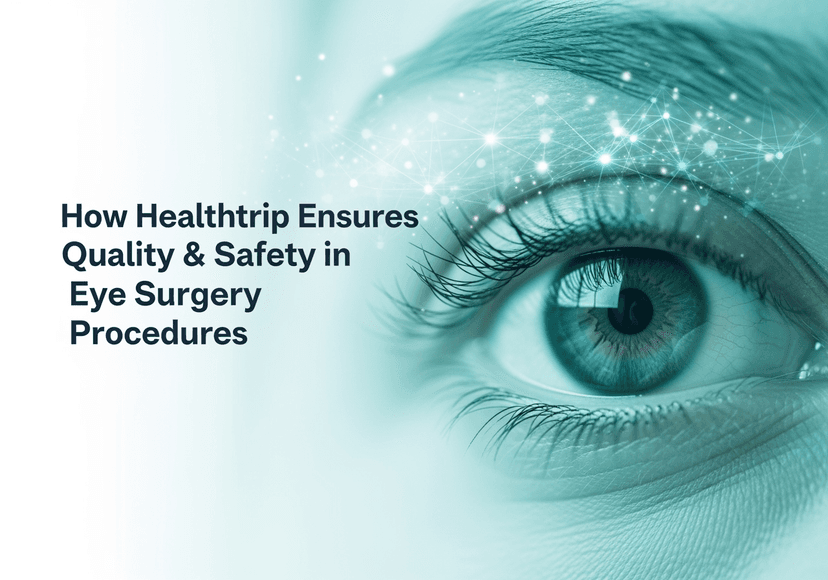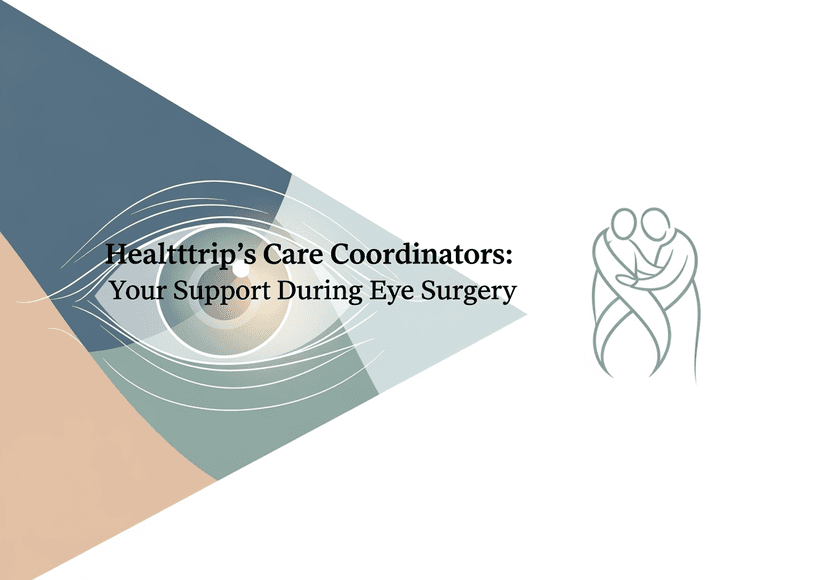
Cervical Cancer Risk Factors: What You Need to Know
21 Oct, 2024
 Healthtrip
HealthtripCervical cancer, a type of cancer that affects the cervix, is a leading cause of cancer-related deaths in women worldwide. According to the World Health Organization (WHO), cervical cancer is the fourth most common cancer in women, with approximately 570,000 new cases and 311,000 deaths annually. In the United States alone, the Centers for Disease Control and Prevention (CDC) reports that over 13,000 women are diagnosed with cervical cancer each year, and more than 4,000 die from the disease. While cervical cancer can be a devastating diagnosis, the good news is that it is often preventable and treatable if caught early. To reduce your risk of developing cervical cancer, it's essential to understand the risk factors and take proactive steps to protect your health.
What Are the Risk Factors for Cervical Cancer?
Several factors can increase a woman's risk of developing cervical cancer. Some of these risk factors include:
Most popular procedures in India
Human Papillomavirus (HPV)
HPV is the most significant risk factor for cervical cancer, with certain high-risk strains of the virus causing about 70% of all cervical cancers. HPV is a common sexually transmitted infection (STI) that can be spread through skin-to-skin contact, including vaginal, anal, and oral sex. While most people with HPV do not develop cervical cancer, the virus can cause abnormal cell changes in the cervix that, if left untreated, can progress to cancer. The good news is that the HPV vaccine can protect against certain high-risk strains of the virus, and regular Pap tests can detect abnormal cell changes early, allowing for prompt treatment.
Age
Cervical cancer is most commonly diagnosed in women between the ages of 35 and 44, with the risk increasing with age. Women over 65 are also at higher risk, particularly if they have not had regular Pap tests or have a history of abnormal results.
Wellness Treatments
Give yourself the time to relax
Lowest Prices Guaranteed!

Lowest Prices Guaranteed!
Weakened Immune System
Women with weakened immune systems, such as those living with HIV/AIDS or taking immunosuppressive medications, are more susceptible to HPV and cervical cancer.
Smoking
Smoking is a significant risk factor for cervical cancer, as it weakens the immune system and increases the risk of HPV infection. Smoking also reduces the effectiveness of the HPV vaccine.
Multiple Sexual Partners
Having multiple sexual partners increases the risk of HPV infection, which in turn increases the risk of cervical cancer.
Early Sexual Activity
Engaging in sexual activity at a young age increases the risk of HPV infection and cervical cancer.
Family History
Women with a family history of cervical cancer are at higher risk of developing the disease.
Desire to Have Children
Women who have had a full-term pregnancy or have given birth to multiple children are at higher risk of cervical cancer, possibly due to hormonal changes during pregnancy.
Reducing Your Risk of Cervical Cancer
While some risk factors, such as age and family history, cannot be changed, there are several steps you can take to reduce your risk of cervical cancer:
Get Vaccinated Against HPV
The HPV vaccine is recommended for girls and boys between the ages of 11 and 12, but it can be given to anyone up to age 26. The vaccine protects against certain high-risk strains of HPV, reducing the risk of cervical cancer.
Practice Safe Sex
Using condoms and practicing safe sex can reduce the risk of HPV infection and other STIs.
Get Regular Pap Tests
Regular Pap tests can detect abnormal cell changes in the cervix, allowing for early treatment and reducing the risk of cervical cancer.
Don't Smoke
Quitting smoking can reduce the risk of cervical cancer and other health problems.
Conclusion
Cervical cancer is a preventable and treatable disease, but it requires awareness and action. By understanding the risk factors and taking proactive steps to protect your health, you can reduce your risk of developing cervical cancer. Remember, early detection is key, so don't hesitate to speak with your healthcare provider about your risk factors and schedule regular Pap tests. With the right knowledge and actions, you can take control of your health and reduce your risk of cervical cancer.
Most popular wellness packages
Related Blogs

How Healthtrip Ensures Quality & Safety in Eye Surgery Procedures
Detailed guide on eye surgery, featuring doctors, hospitals, risks, recovery,

End-to-End Logistics for Eye Surgery with Healthtrip's Support
Detailed guide on eye surgery, featuring doctors, hospitals, risks, recovery,

Healthtrip's Care Coordinators: Your Support During Eye Surgery
Detailed guide on eye surgery, featuring doctors, hospitals, risks, recovery,

Top 5 Indian Hospitals for Eye Surgery
Detailed guide on eye surgery, featuring doctors, hospitals, risks, recovery,

Post-Eye Surgery Diet and Lifestyle Tips
Detailed guide on eye surgery, featuring doctors, hospitals, risks, recovery,

Common Risks in Eye Surgery and How Healthtrip Manages Them
Detailed guide on eye surgery, featuring doctors, hospitals, risks, recovery,










